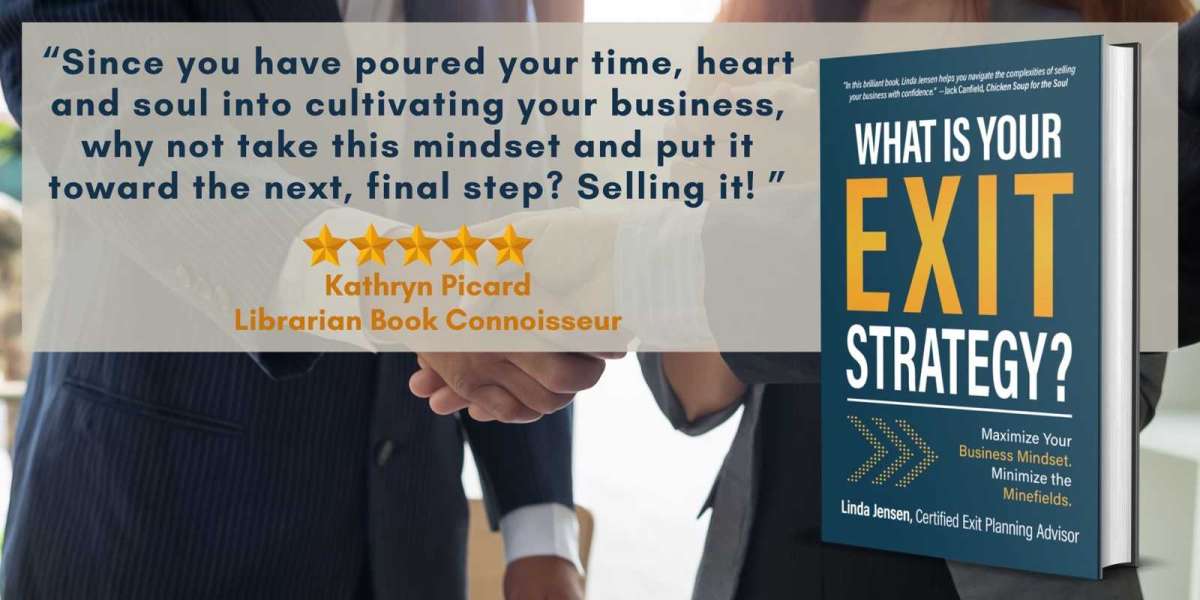As business owners, we often spend years or even decades building our companies, focusing on growth, profitability, and long-term success. But what if real success isn’t just about how well you grow, but how well you prepare for the unexpected? The reality is that unforeseen events can abruptly end your business, and they often come when you least expect them. This is where the “5 D’s” come in—five life-altering events that can force a business owner into an unplanned and often catastrophic exit.
Did you know that nearly 50% of businesses that close do so involuntarily? This means half of business owners never prepare for the inevitable “what ifs.” If you think these issues happen to someone else, think again—they can happen to anyone. The difference between surviving and losing everything often lies in preparation.
The 5 D’s that can destroy businesses are:
1. Divorce
2. Disagreement
3. Disability
4. Distress
5. Death
Each of these is a potential minefield that can destroy years of hard work if you don’t plan ahead. Let’s dive deeper into each and see how they can impact your business, and how you can mitigate the risks.
Divorce: A Business Minefield
Divorce is a harsh reality for many, and for business owners, it can be devastating. In the U.S., half of all marriages end in divorce, and when you combine personal and professional relationships, the consequences can be catastrophic. Business ownership in a marriage complicates things further, especially when emotions run high. Dividing assets, deciding who stays and who goes, and determining who owns what can tear a business apart.
I’ve witnessed executives lose their entire businesses because they failed to plan for a divorce. I’ve also seen couples who made tough but smart decisions to protect their businesses.
Lesson: If you’re in business with your spouse, it’s essential to plan for the worst-case scenario. A prenup, a clear operating agreement, and a solid succession plan can save you from devastation in the future.
Disagreement: When Partnerships Turn Sour
A business partnership is a lot like a marriage—when it works, it’s powerful. When it falls apart, it can become a nightmare. I’ve worked with business owners who trusted the wrong partner, only to end up in a bitter dispute that drained both their finances and mental energy.
I recall a publisher I know who went into a partnership with someone who had completely different goals, values, and work ethics. The fallout from this disagreement nearly destroyed her publishing company.
Lesson: Partnerships should have clear, legally binding agreements outlining what happens in case of a split. Ensure that your partnership’s terms are crystal clear before problems arise.
Disability: When You Can’t Work
What happens if you become disabled and unable to work? Whether it’s an accident, illness, or long-term medical condition, this can be as damaging to your business as death. One business owner I know had a stroke at seventy while planning to sell his company. But without a succession plan or leadership team in place, his business crumbled.
Lesson: Having a plan is crucial. Identify potential successors and ensure your business can operate smoothly in case you can’t.
Distress: When External Factors Threaten Your Business
External factors such as economic downturns, lawsuits, pandemics, or natural disasters can put even the strongest businesses under severe stress. Many businesses collapsed during the 2008 financial crisis, and others closed their doors in 2020 due to COVID-19.
One business owner I know, who specialized in luxury restaurant menus, faced a shutdown when restaurants closed due to the pandemic. Instead of folding, he adapted by shifting to manufacturing plastic dividers for schools. He survived, but many others didn’t.
Lesson: Always be ready to pivot. Diversify your business model, create a financial safety net, and be adaptable to change.
Death: The Ultimate Exit
Death is inevitable, but it’s also the one exit that most business owners fail to plan for. I’ve seen far too many cases where a business owner dies unexpectedly, leaving their family and employees with nothing. One owner I knew passed away at eighty without any succession plan in place, and within months, his business collapsed.
Lesson: Have a clear succession plan. Ensure your leadership team is prepared to run the company without you and document key processes so your business can survive, even if you’re no longer there.
Preparing for the Inevitable
The 5 D’s are real. They happen all the time, and you need to be prepared. If your business is your legacy, livelihood, and greatest achievement, don’t leave it vulnerable to these unexpected events. Take the time now to put the right plans in place. Consult with advisors, draft legal documents, and make sure your business can survive the unexpected.
Because if you don’t plan, you may find yourself forced into an exit you never saw coming.
Final Thoughts
Business exit planning is a strategic, reflective, and transformative process. By approaching it with the same care you’ve used to build your business, you can create a plan that protects your legacy and opens doors to future opportunities. Exit planning isn’t just about leaving; it’s about ensuring you leave on your own terms, whether for financial security, business legacy, or a smooth transition.
Ready to take control of your exit? Contact us today for expert guidance tailored to your business needs.








